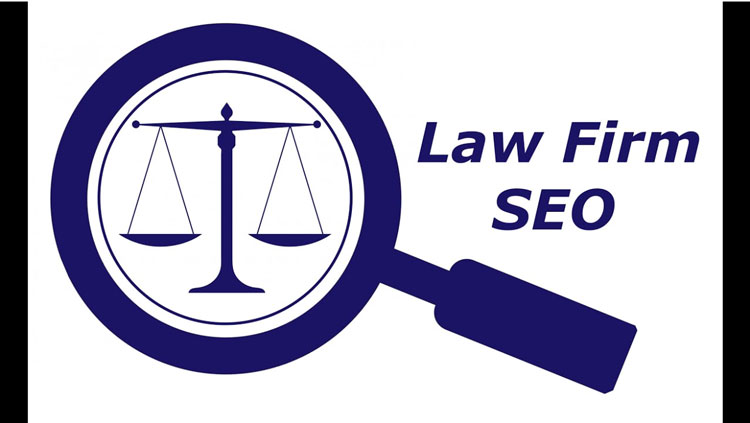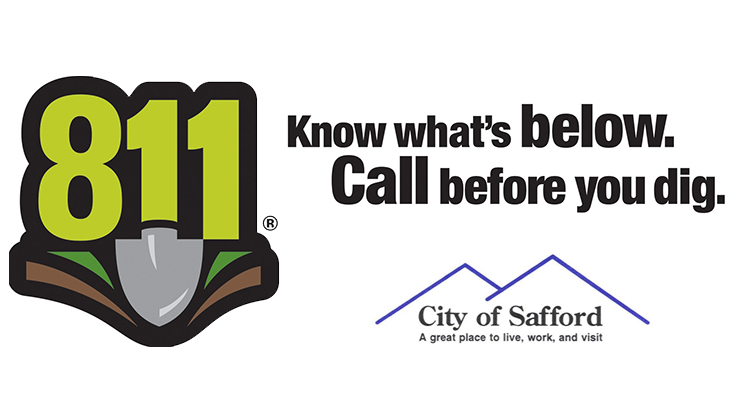Your law firm has a great website, but nobody’s visiting. The problem might be thin content, which can hurt your online visibility and SEO efforts. Thin content is like having a fancy restaurant with almost nothing on the menu. Potential clients may find your website attractive, but if it doesn’t provide the information they’re looking for, they’ll quickly leave and find another law firm that does.
Even worse, Google notices this pattern and starts showing your competitors’ websites instead of yours in search results. The good news is that understanding and fixing thin content problems can dramatically improve your law firm’s online visibility and bring in more potential clients.
What is Thin Content?
Thin content refers to web pages with little or no useful information for the reader. For example, if your law firm has a blog post that only says, “We help with car accidents. Call us,” that’s considered thin content. It doesn’t provide details, answers, or value to someone looking for help. This could include:
- Pages with very few words or minimal information.
- Duplicate content copied from other websites.
- Keyword-stuffed pages that prioritize rankings over user experience.
- Auto-generated or poorly written content.
For law firms, thin content often takes the form of generic service pages, vague blog posts, or outdated information. Top-performing law firm SEO strategies from UppercutSEO.com prioritize building trust through comprehensive content that showcases attorney expertise on every page. Google’s algorithms, particularly the Panda update, are designed to penalize websites with thin content, making it harder for them to rank in search results. This approach not only improves search rankings but also increases conversion rates from website visitors.
Why Thin Content Damages Law Firm SEO
Thin content doesn’t just hinder your rankings—it actively detracts from your brand’s image and prevents meaningful engagement with potential clients. Here’s how:
Lower Search Rankings
Thin content harms law firm SEO by failing to demonstrate expertise and authority. Google’s E-E-A-T principle (Experience, Expertise, Authoritativeness, and Trustworthiness) evaluates content quality, necessary for legal websites (YMYL category). Shallow practice area pages or surface-level blog posts signal a lack of expertise, causing search engines to rank competitor content higher.
This reduces visibility and can lead to significant traffic drops after algorithm updates, like Google’s helpful content update, which targets low-value content. Comprehensive content is essential to maintain search rankings and attract potential clients.
High Bounce Rates
When potential clients click on your law firm website and find thin content, they quickly leave to look for better information elsewhere. This behavior creates high bounce rates, which send negative signals to search engines about your site’s quality.
For example, if someone searching for “personal injury compensation timeline” lands on your page that only has two paragraphs of general information, they won’t find the detailed guidance they need. They’ll quickly return to search results and click on a competitor’s more comprehensive guide.
Search engines track these user behavior metrics and interpret high bounce rates as evidence that your content didn’t satisfy the user’s search intent. Over time, this leads to ranking decreases across your entire website, not just on the thin pages.
Reduced Trust and Credibility
Thin content damages your law firm’s credibility with both search engines and potential clients. When visitors encounter shallow pages that don’t fully address their legal concerns, they question your firm’s expertise and commitment to client education.
Law firm websites with substantive, helpful content typically receive more qualified leads because they’ve already established trust through their online resources. In contrast, firms with thin content struggle to convert visitors into consultation requests because they haven’t demonstrated their knowledge.
Missed Opportunities for Featured Snippets
Thin content prevents your law firm from earning valuable SERP features like featured snippets, which appear at the top of search results. These prominent positions drive significant traffic and establish immediate credibility with searchers.
To earn featured snippets, your content must thoroughly answer common legal questions that your potential clients are asking. Thin pages with minimal information simply can’t compete for these valuable positions in search results.
For example, a comprehensive guide about “steps to take after a car accident” with clear sections and detailed advice has a much better chance of appearing in featured snippets than a brief overview with generic tips.
What are the Strategies for Creating Valuable Legal Content
We’ve established that thin content must be avoided to maintain strong search visibility for your law firm. Now, let’s explore practical strategies for creating substantive, valuable content that will improve your rankings and attract potential clients.
Focus on Demonstrating Legal Expertise
Create content showcasing your attorneys’ knowledge and experience in specific practice areas. Go beyond basic explanations to include insights from actual cases, such as factors affecting settlements in your state, anonymized case examples, and recent legal developments. Include attorney perspectives on legal topics, like unique approaches or challenges overcome for clients.
This demonstrates genuine expertise, prioritized by search engines, especially for legal topics impacting lives and finances. By doing so, you’ll establish your law firm as a trusted authority and improve your online presence.
Address Client Questions Comprehensively
Develop content that thoroughly answers potential clients’ questions about your practice areas. Understand their concerns at different stages of their legal journey and create comprehensive content that addresses these questions in detail. Use tools like AnswerThePublic or review consultation notes to identify frequently asked questions.
Clear explanations that non-lawyers can understand will keep potential clients engaged and signal to search engines that you’re providing valuable information. This approach establishes your law firm as a trusted resource and improves your online presence.
Enhance Content with Supporting Elements
Supplement written content with visuals, case studies, and interactive elements to boost engagement and understanding. For example, a page about personal injury cases could include a visual flowchart showing each stage of the process, while an explanation of criminal penalties might include a comparison table showing different offense categories and potential sentences.
Client testimonials and anonymized case studies add credibility, building trust and demonstrating your track record of success. These elements keep visitors engaged, sending positive signals to search engines about your page’s value and enhancing your search rankings.
Develop Practice Area Content Strategically
Create comprehensive hub pages for each practice area, with detailed supporting content for specific subtopics. This topic cluster approach signals subject matter expertise to search engines and provides navigational clarity for users. For example, a family law hub page could link to supporting pages on divorce, child custody, and adoption, each thoroughly exploring its topic.
This structure establishes your firm as an authority and helps search engines understand the relationship between your content pieces, showcasing the depth of your expertise across different legal topics.
Regularly Update and Expand Your Content
Regularly update your content to reflect changing laws and ensure accuracy and SEO performance. Schedule quarterly reviews of key pages and promptly update content when legal developments occur. Add new sections explaining changes and their implications for clients, demonstrating your commitment to accuracy.
Expand successful content by addressing additional questions or aspects, such as specific situations like high-asset divorces. Fresh, updated content sends positive signals to search engines and provides potential clients with accurate information reflecting current laws in your jurisdiction.

How Can You Identify and Fix Thin Content on Your Law Firm Website?
To improve search visibility, law firms should audit their website for thin content by identifying underperforming pages using Google Analytics and Search Console. Compare content to top-ranking competitor pages to determine the depth and quality needed to compete. Prioritize improvements based on page importance and performance, focusing on core service pages and high-traffic informational content.
By systematically enhancing content, law firms can increase engagement, conversions, and search rankings, ultimately driving more potential clients to their website.
Conclusion
Thin content may seem harmless, but it can severely undermine your law firm’s SEO and digital performance. By committing to quality over quantity, you can ensure your website remains competitive, trustworthy, and valuable to potential clients.
Start by auditing your existing pages, developing detailed service descriptions, and creating blogs customized to client needs.









